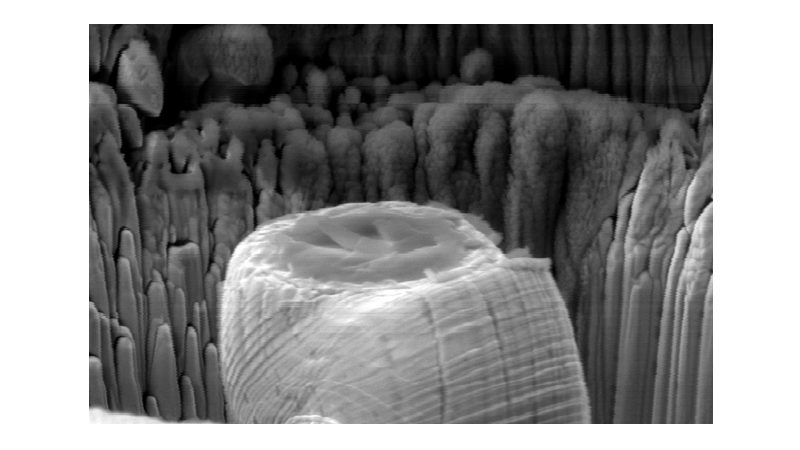

Research Highlight: Dr. Bharat Gwalani
Leveraging Nanomechanical Testing to Connect Microstructure and Processing
This research highlight features Bharat Gwalani, PhD, a faculty member in the Department of Materials Science and Engineering at North Carolina State University (NC State). Dr. Gwalani discusses his career path leading to his current work investigating nanoscale mechanical properties of solid-phase processed materials using tools including the Hysitron PI 89 SEM PicoIndenter with cryogenic- and high-temperature capabilities. Two of his main research focus areas are: developing alloys with multifunctional properties for extreme conditions and cost-effective multi-stimuli manufacturing routes for material processing from ore to component.
“I think all that experience helps to think in a direction that is not just processing-oriented, and not just microstructure characterization-oriented. It's bringing these two fields together, trying to understand what happens during processing that influences your properties, and bridging the gap and creating those kinds of processing environments that could be beneficial for your microstructure and property eventually.”
Dr. Bharat Gwalani
North Carolina State University
ABOUT THE RESEARCHER:
Bharat Gwalani, PhD is an Assistant Professor of Materials Science and Engineering at North Carolina State University (NC State). He is an award-winning researcher, recently earning the NIT Jaipur’s Young Achiever’s Award 2023 For Academic and Research Excellence and the Materials 2023 Young Investigator Award.
FIELD OF STUDY:
Dr. Gwalani’s research endeavors to bridge the gap between solid-state materials processing and microstructural characterization. His group at NC State works to develop multifunctional structural components; high-temperature, high-strength alloys; and multi-stimuli integration in alloy design.
LEARN MORE ABOUT THIS RESEARCH:




